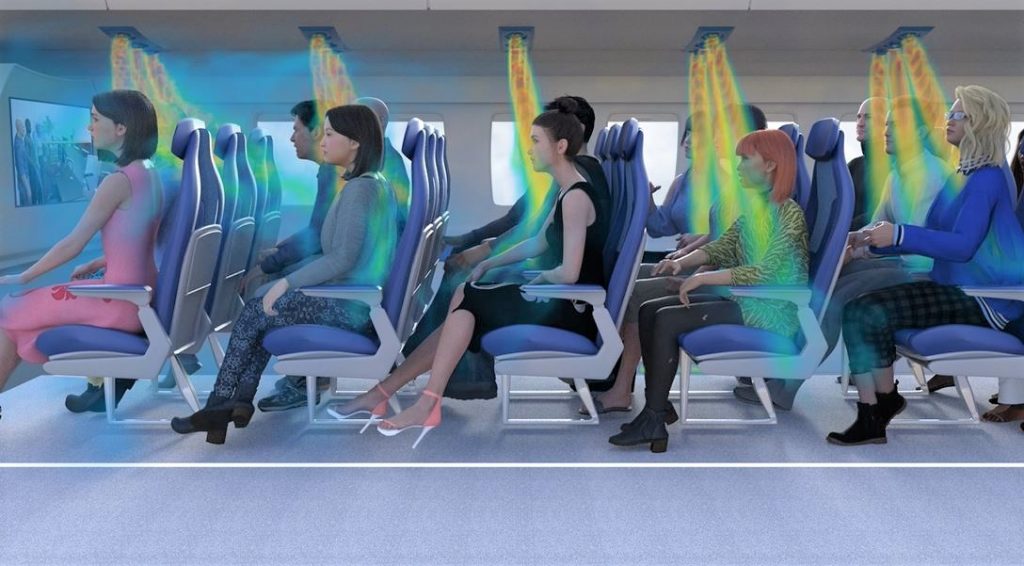As the world looks beyond the COVID-19 pandemic, the aerospace industry will be vital to its economic recovery. There is a lot to do: the International Air Transport Association (IATA) predicts that full-year passenger demand will be 48% lower than in 2019. Meanwhile 40% of recent travelers told an IATA survey that they plan to wait at least six months after the virus is contained before they will fly again. Building those passengers’ confidence will be crucial. But this industry has strong experience of preventing the spread of illness – which is why airlines, airports and aircraft original equipment manufacturers (OEMs) already have robust safety protocols in place.
Optimizing air quality
Airports, airlines and aircraft OEMs pay close attention to air quality, not only for the comfort of passengers but also to prevent the spread of toxic substances and microbes. In the cabins of AIRBUS aircraft, for instance, air flow, pressure, temperature, and quality are continuously monitored, and all the air is renewed every three minutes. High-efficiency particulate air (HEPA) filters are used to ensure the air meets the standards set for hospital operating theaters, removing 99.99% of particles down to the size of microscopic bacteria and viruses.
Preventing the spread of disease
Air travel is a focal point for prevention whenever a pandemic threat emerges. As a result, agencies including IATA, the International Civil Aviation Organization and the World Health Organization have collaborated to produce regulations and best practices for workers across the industry to prevent the spread of disease. Disinfecting aircraft cabins, for example, is part of the routine cleaning regime, and additional layers of sanitization are being added to minimize any risks. Airports are deploying whole teams of extra staff dedicated to cleaning touchscreens, handrails, and other common-use surfaces. Many airports are also screening passengers to make sure nobody with a temperature or symptoms boards the plane.
Modeling measures for safe operation
Digital simulations of air flow can be used in virtual “what if” scenarios to help airlines and airports gauge the effectiveness of measures like social distancing, wearing face masks or altering passenger flow in combating virus transmission. These technologies were recently used, with China’s Central-South Architectural Design Institute, to simulate airflow and virus dispersal to combat the spread of Covid-19 at Wuhan Hospital.
Airlines and airports can use a similar approach to ensure the safety of staff and passengers as they resume operation. Airlines can efficiently simulate airflow and virus diffusion patterns in the aircraft cabin and work with a virtual model to redesign and test safety procedures. By creating high-rendering videos to show how their procedures work, they can communicate effectively with all stakeholders and increase passenger confidence.

Airports can use the same technology to create simulated models that help them optimize passenger flow and test the effectiveness of safety measures and procedures. By trying out their plans in a virtual twin of the airport first, they can optimize resources and minimize disruption when those plans are implemented. Crucially, they can create videos to demonstrate to workers and passengers that the environment is safe.
In the “new normal” that follows the pandemic, passenger safety needs to be built in at every stage, from design to departure and flight. Thanks to the combined efforts of companies across the aerospace ecosystem, that end-to-end approach is already in place.
Discover how Dassault Systèmes can help you resume your operations.
This post by David Ziegler originally appeared in The 3D Perspectives Blog.
Watch this simulation of airport airflow optimization:
